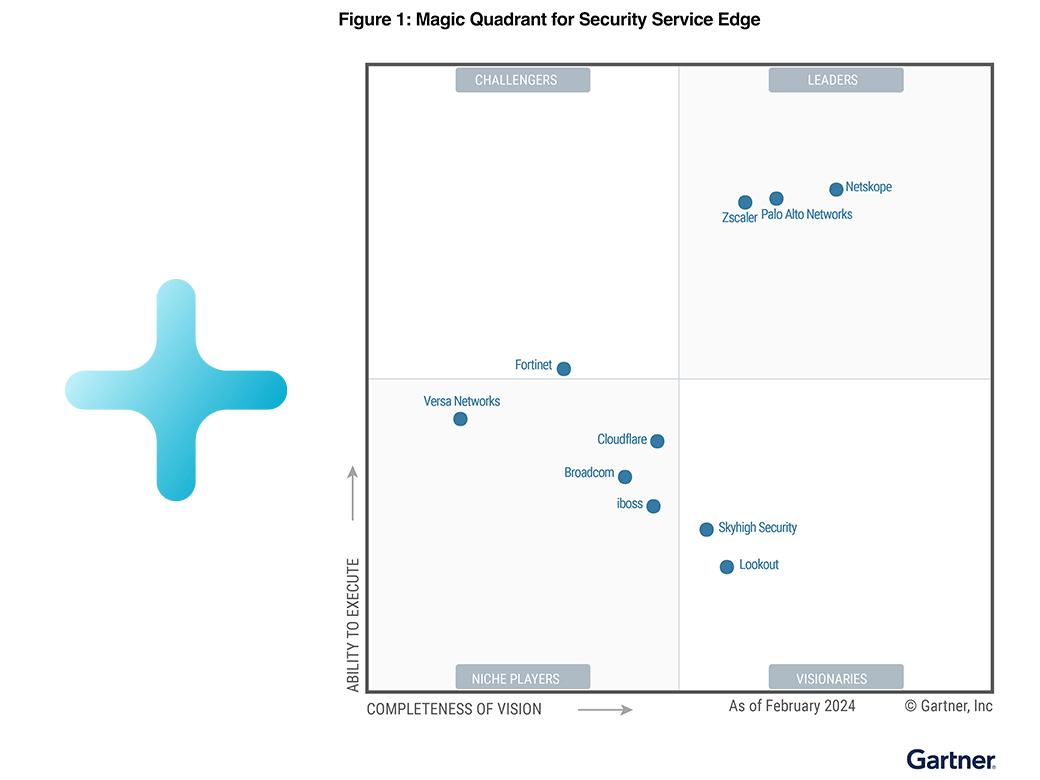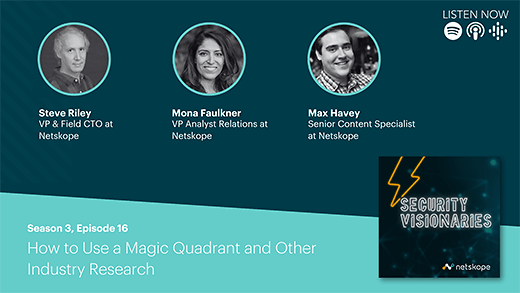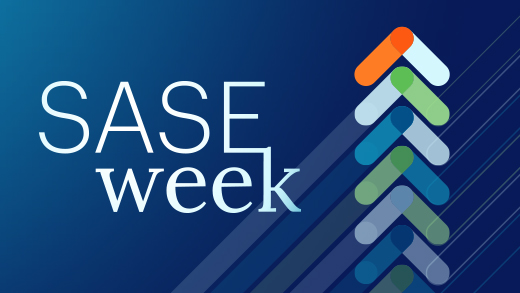Co-authored by David Fairman and Netskope CXO Advisors Samm MacLeod and Nicholas McKenzie
Cyber incidents are becoming increasingly common and disruptive–whether it’s ransomware, data breaches, or leaks. The number of compelling events in the last few months in Australia have shown us the implications for businesses, and their customers, when a breach occurs.
There has been a swift reaction from the government, ranging from mounting pressure for implementing “hack back” legislation to revised data breach and privacy regulation, with a number of proposed and likely changes to strengthen the management of sensitive data and implement penalties for those who don’t, being discussed.
Similarly, discussions have expanded to expectations regarding the management of cybersecurity within organisations, with minimum baselines proposed and penalties enforced for those who fail to comply. In relation to this, the SOCI Act (2021) has already implemented regulatory requirements for industries in sectors such as Defence, Water, Energy, Health, Transport, Mining, Retail, and Financial Services. A recent announcement for cybersecurity planning and oversight by the Australian Government has suggested that minimum cybersecurity baselines may be created to regulate all industries in Australia, bringing previously unregulated industries under the microscope for the data they hold and how they protect it.
A spate of cyber-led data breaches have occurred in Australia and have impacted customers on a large scale with identity theft and exposure of confidential information driving concerns. It’s quite possibly the first time that cybersecurity and protection of data has been a barbeque conversation for ordinary Australians concerned about the impact to them and their loved ones.
New regulations
In a recent blog we talked about security transformation to bring visibility and agility to organisations that are now hyper-connected, cloud first, and where data is the true value creation asset. Whilst historically cyber professionals have taken a risk-based approach to the prevention of cybersecurity incidents, layering the defenses that protect data, not all receive the support and investment necessary to keep up with the pace of change when it comes to business strategies around emerging technologies and innovation. Furthermore, one might argue that when it comes to the prevalence of data breaches today, can a risk-based approach really be taken? As cyber and risk professionals, this has always been our mantra, but this implies a certain risk appetite that would be incorporated into those risk decisions.
The trend that we are seeing with more stringent regulations and penalties, is suggesting that a risk-based approach is diametrically opposed to where government(s) are heading. This will naturally drive a change in an organisations’ own risk appetite and decision making. So let’s make this real—what is acceptable in terms of a data breach involving personal information. Is it 1 million records? Is it 1,000 records? Or will this drive zero appetite for any level of data breach? Then, this begs the questions if this is really achievable and will all organisations be able to afford this? This will come at a cost.
In response to the recent breaches in Australia, the Australian Federal Government passed privacy regulatory reforms. The changes to the Privacy Act include fines for repeated or serious data breaches up to $50 million or 30 percent of “adjusted” turnover and also provide the Australian Information Commissioner with greater powers to resolve privacy breaches. Government has strengthened the Notifiable Data Breaches scheme to ensure the Commissioner has “comprehensive knowledge and understanding of information compromised in a breach to assess the risk of harm to individuals.”
Executives and boards’ personal liability is also on the radar of regulators, with recent data breach events in Australia forming test cases for pay cuts and other penalties relating to their liability. Prior to the spate of data breaches in Australia, the AICD (Australian Institute of Company Directors) released the “Cyber Security Governance Principles” in an effort to engage board directors and their committees on matters of data protection and keeping Australians’ data safe. One of the top 10 director questions that they raise is, “Where, and with whom, are our key digital assets and data located?”
Global perspectives
Australia isn’t the only country that is ramping up its cyber and privacy regulations. In the U.S., which is already inundated with a number of state and federal regulations, CISA is proposing enhanced requirements for reporting under the Cyber Incident Reporting for Critical Infrastructure Act (CIRCIA). The SEC and NY-DFS continue to evolve their requirements with more scrutiny and accountability on executives and risk management.
In APAC, we see countries that impose greater restrictions on the transfer of personal data to other countries, especially for data that may impact national security and/or sensitive personal data. One such example is the complex data protection framework in China, which consists of the three pillars: the Personal Information Protection Law (PIPL); the Cybersecurity Law of the People’s Republic of China (CSL); and the Data Security Law of the People’s Republic of China (DSL). In addition to this, there are a number of cybersecurity laws, which are a collective of various regulations that span multiple sectors with varying requirements.
Another such example is Malaysia, where a data user/processor must not transfer personal data to jurisdictions outside of Malaysia unless that jurisdiction has been specified by the Minister (or an exception applies). Also, in Malaysia, personal data transferred to third-party service providers located outside of Malaysia will require due diligence to be performed and contractual obligations imposed on third parties to protect personal data.
All this is to say that for organisations that operate in different jurisdictions, the complexity of managing a complex web of varying regulations and laws, is not getting any better and never before has there been such a strong argument for harmonisation among cyber and privacy laws. The challenge, as seen here, is that harmonisation is lacking on domestic fronts, let alone across international jurisdictions. However, the EU has made reasonable attempts in this regard with GDPR and DORA.
A recent paper by Netskope and PwC (Privacy and Data Protection for Cross-Border Data Transfers in the Asia Pacific Region) cited that the concepts of “data sovereignty” and “data localisation” are becoming more prevalent and sovereign nations are more attuned to the expectation and desire of their citizens for the government to play a greater role in the protection of their personal data.
Conclusion
The Australian Government has finally started down the road of playing a greater role in protecting the data of ordinary Australians and is identifying where they need to step in, pulling the trigger on more robust regulations. They are catching up with the Northern Hemisphere and others. Once formalised, assessments need to be undertaken by organisations to ensure that appropriate regulatory controls are in place. But what do security teams and organisations need to do differently? Is it just a matter of understanding what data, where, and who can access it? What about securing supply chains and identifying security controls embedded in technical integrations? A frequent point of discussion amongst industry is about how organisations meet mandates relating to data retention and deletion (if you don’t hold onto it, there’s less to breach!).
The burden on organisations to protect data is increasing. Government oversight and reforms to create harsher penalties in support of enforcement is increasing. To meet these regulations, organisations need to conduct gap analysis, close the gaps with automation to ensure enforcement of technical controls, and implement dynamic data protection strategies that help security teams deliver the right outcomes. Organisations need to know where data is, what is needed to protect it, manage the risk accordingly.




 Zurück
Zurück 























 Read the blog
Read the blog